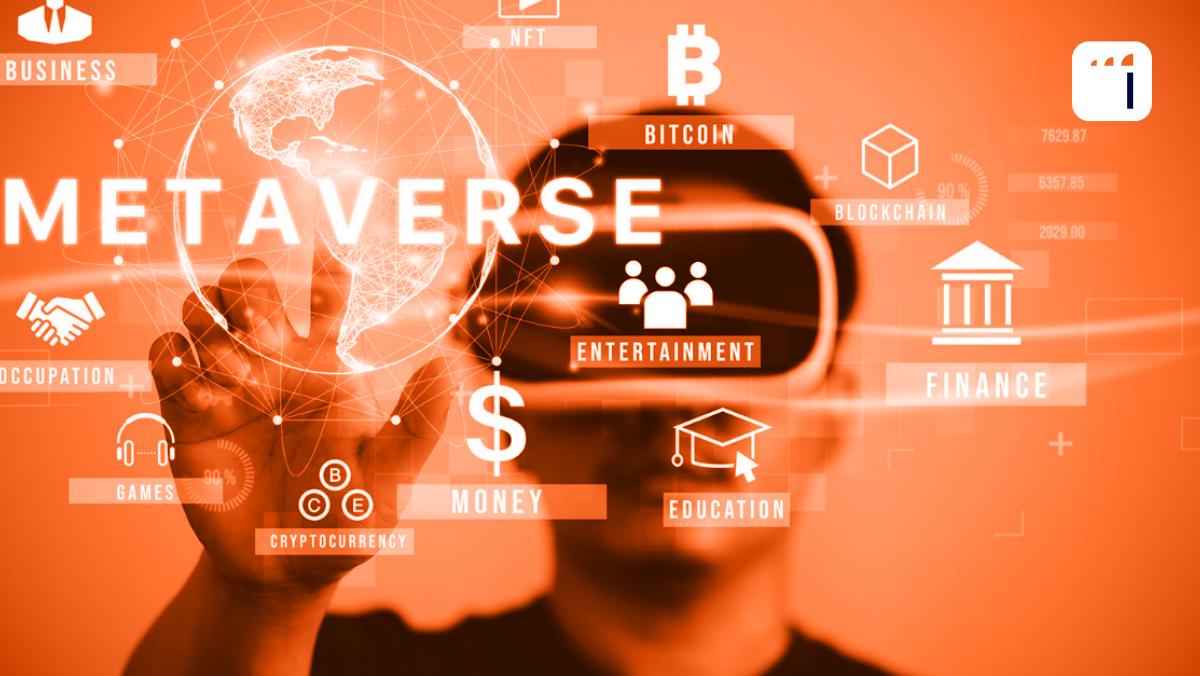Technology is always evolving, and today, the metaverse is among the most cutting-edge technological trends of recent years. The metaverse is expected to revolutionise how we live our daily lives. According to Gartner, Inc., by 2026, one-quarter of all adults will spend at least one hour per day in the metaverse for purposes such as commerce, education, networking, and recreation. In this post, we will be delving into what the Metaverse is and 5 things you should know about the Metaverse.
What is a Metaverse?
The term “metaverse” was coined by combining the prefix “meta-” (beyond) with the suffix “-verse” (the root of “universe,” cosmos; the complete world) to describe a new virtual universe that exists beyond our own. American author Neal Stephenson originally used the phrase “metaverse” in his cyberpunk science fiction novel Snow Crash published in 1992. By controlling digital as avatars, the novel’s characters are able to freely move around in a 3D realm that mimics the real world and interact with one another.
Metaverse is a blend of the virtual world and real world
As described by Dwivedi et al., the metaverse is a future version of the internet that combines the real and virtual worlds through the use of virtual reality goggles, blockchain, and avatars. Virtual worlds like Fortnite, Second Life, and Roblox were already popular before the advent of the Metaverse. Their functionality and independence from other platforms, however, make them inadequate.
As the lines between the real world and the virtual begin to blur, the implications for how we do business, how we engage with companies and each other, and how we create experiences to bond over could be profound. Many sectors, including advertising, education, and healthcare, could be impacted by these changes to our working and social lives.
Metaverse is an immersive/multi sensory experience
Unlike the traditional internet, Metaverse users can experience a sense of total immersivrness thanks to the realistic visuals of technologically designed virtual environments (Shin, 2022; Zhao et al., 2022). Sensors, virtual reality (VR), augmented reality (AR), and the internet of things (IoT) enable users to move, manipulate, and click on created virtual items or items projected from the real world, greatly motivating users’ multiple senses (Koo, 2021; Jovanovi and Milosavljevi, 2022; Park and Kim, 2022). Learning in the metaverse can be authentic and embodied for students to some degree.
Metaverse promotes collaboration
On video-conferencing platforms, it can be difficult for students to socialise and interact with their teachers and classmates face-to-face through the screen, which can lead to problems like apathy, emotional deficiency, and desocialization.

In contrast, in the metaverse, students can interact with both avatar teachers and peers as well as intelligent NPC teachers and peers. Instead of staring at a grid of faces or monotonous presentations on video-conferencing systems, students can interact with teachers and peers in the form of avatars or intelligent non-player characters (NPCs) to gain more emotional support and real-time feedback through real-time collaboration.
Metaverse can be accessible anywhere
Thanks to advancements in high-speed networking like 5G and 6G, users using smart wearable devices (such headsets or glasses) may access the metaverse world instantaneously, with no restrictions on time or place (Ayiter, 2019). From this vantage position, users can easily transition between the virtual and physical worlds, allowing for instantaneous access anywhere
Metaverse is still in development
As of today, the Metaverse is still in its early stages of development. The Metaverse has not yet been fully adopted by the public, and what we see now dates back to an earlier era.
This is supported by a report from research firm Gartner, which predicts that until 2030, the technology will still be immature. It is not necessary for institutions and business leaders to wait till then to develop a plan or take advantage of opportunities in this field.
Conclusion
The Metaverse is immersive, and can be made accessible. Although the Metaverse is still in its early stages of development, a new degree of integration between the digital and physical worlds is on the horizon, thanks to the metaverse, which bodes well for the development of novel business models and other opportunities. The Metaverse, in other words, is not limited to any one technology and extends well beyond the realm of virtual reality.
If you’re interested to see what a Metaverse looks like first-hand, schedule a demo at info@illumialabs.ai.




